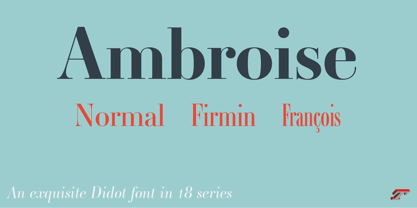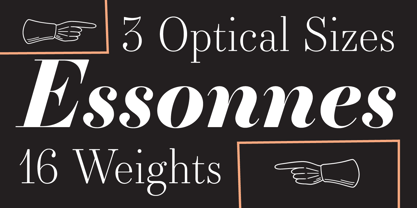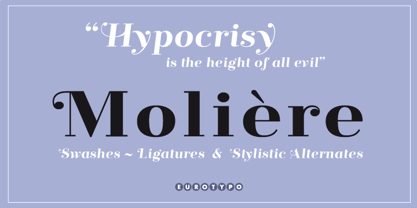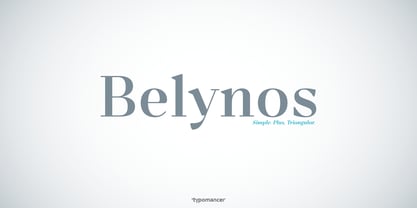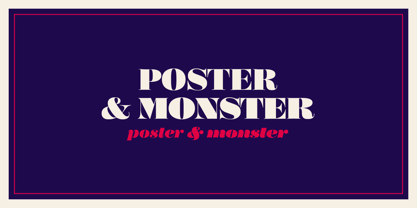6,875 search results
(0.01 seconds)
- Kimono Geo - Unknown license
- Zud Juice - Personal use only
- Excelerate Outline - Unknown license
- SF Burlington Script - Unknown license
- Hultog - Unknown license
- VTCKomixationSCItalic - Unknown license
- VTCKomixationCapsItalic - Unknown license
- VTCSundaykomixcaps - Unknown license
- VTCGoblinHand - Unknown license
- SF Espionage Medium - Unknown license
- VTCSundaykomix - Unknown license
- VTCKomixationSCBoldItalic - Unknown license
- VTCSundaykomix - Unknown license
- VTCSundaykomixcaps - Unknown license
- Rosango - Unknown license
- VTC JoeleneHand - Unknown license
- Apollo9 - Unknown license
- SF Technodelight - Unknown license
- VTCSwitchbladeRomance - Unknown license
- SF Chromium 24 - Unknown license
- SF Chromium 24 - Unknown license
- SF Chaerilidae Outline - Unknown license
- Face plant - Unknown license
- Face plant hollow 2 - Unknown license
- Floopi - Unknown license
- VTC Boseephus - Unknown license
- Paddington - Unknown license
- Subatonik - Unknown license
- Qurve Hollow Wide - Unknown license
- Sanity Wide - Unknown license
- Sham - Unknown license
- SF Quartzite Extended - Unknown license
- SF Square Root - Unknown license
- Ambroise Std by Typofonderie,
$59.00 - Essonnes by James Todd,
$40.00 - Moliere by Eurotypo,
$44.00 - Belynos by Typomancer,
$24.00 - Gwyner by Typomancer,
$24.00 - Poster by Extratype,
$40.00 - Ventography Personal Use Only - Personal use only

































